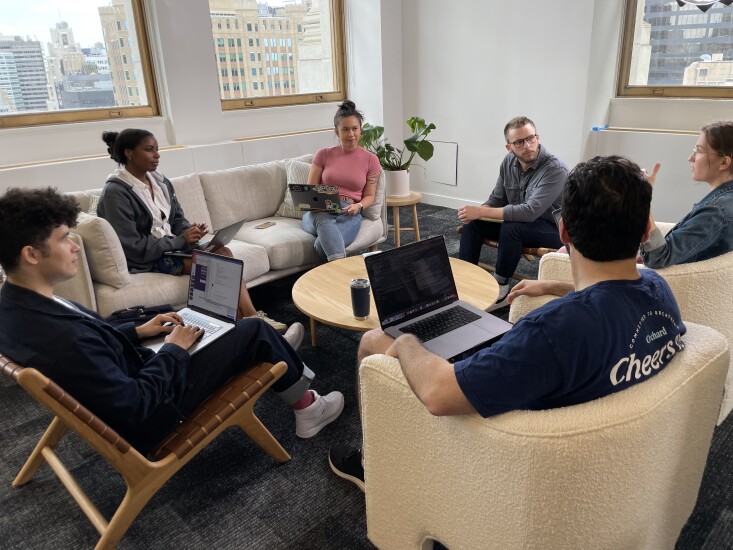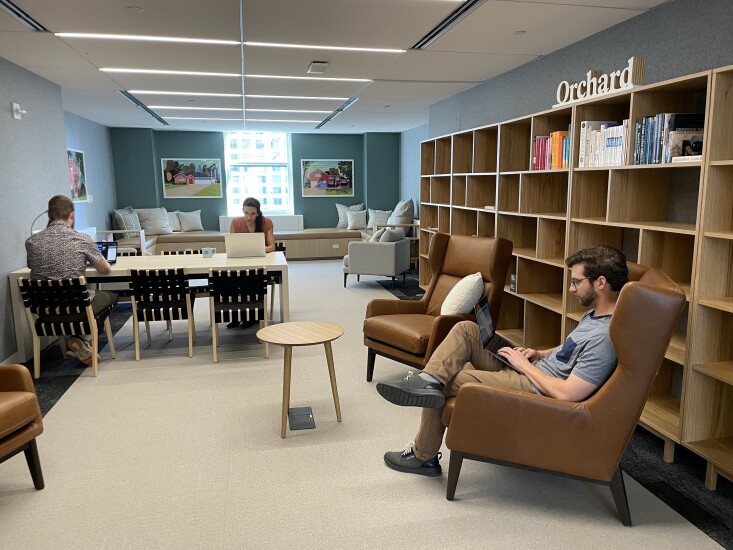While the so-called “
“I’ve been thinking about this since March 2020,” says Buhannic, who’s the chief people officer at Orchard, a young real estate startup that aims to make home-buying and selling simpler. You’d think that’d be plenty of time to prepare, but the massive growth of Orchard throughout the course of the pandemic — from 130 employees to roughly 800 — created a curveball of an opportunity for the organization.
“As hard as COVID was, it was also an amazing opportunity for us to double down on fostering belonging and culture in a fully remote environment,” Buhannic says. “When we thought about bringing our team back to the office, we had to think strategically about what we wanted to preserve, and how to create new moments of connection, and capture the best parts of the in-office experience.”
Read more:
This spring, employees started reporting to Orchard’s new HQ in New York City. Thoughtful design laid the foundation for a







